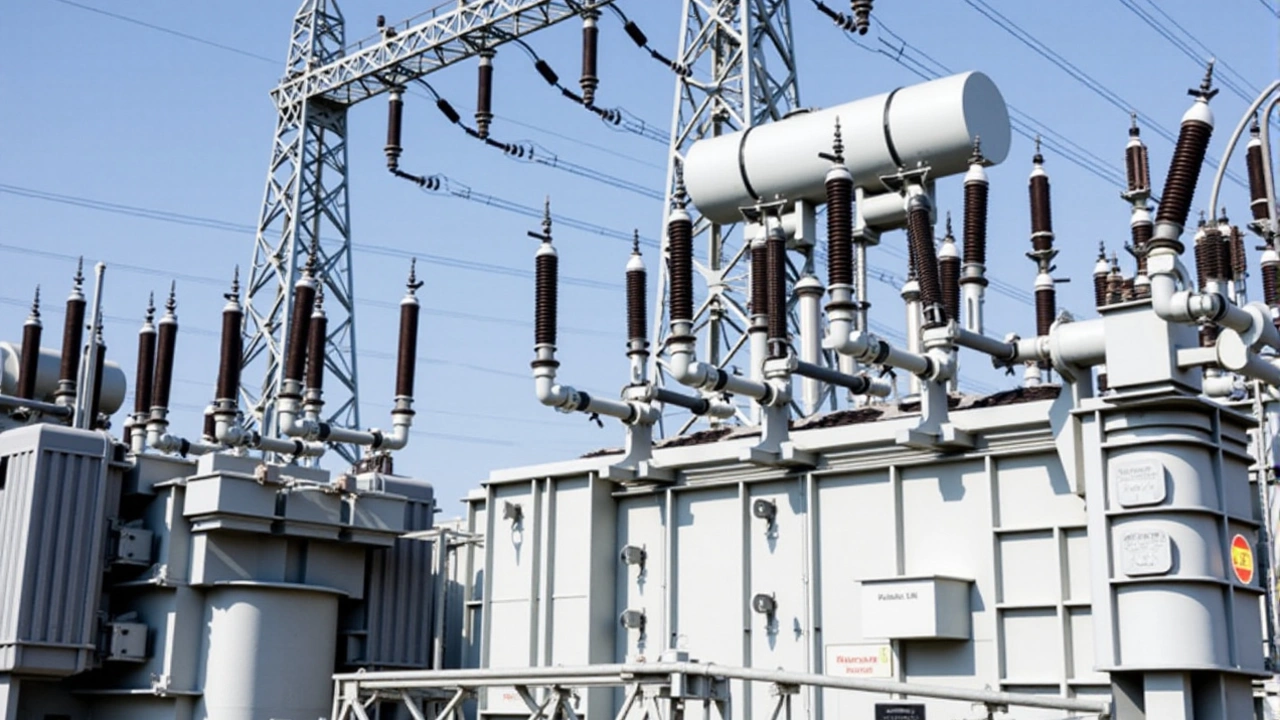Understanding the Electricity Crisis in Africa
Power outages and energy shortages have become a daily struggle for many African countries. The electricity crisis stems from a mix of factors including aging infrastructure, limited investment, high demand, and climate challenges. This situation doesn’t just dim lights — it disrupts businesses, schools, hospitals, and overall daily life.
Why does this happen? Many power plants run below capacity due to poor maintenance, fuel supply issues, or damage. Plus, rapid population growth and urbanization mean more people want electricity than the systems can support. At times, droughts shrink water levels for hydropower, worsening the problem.
Impact on Society and Economy
When the lights go out without warning, everything slows down. Small businesses close early, factories halt production, and hospitals struggle to provide care. Families lose refrigeration for food and access to clean water if pumps fail. Schools find it hard to run after hours or use digital learning tools.
Economically, unstable electricity limits growth. Investors hesitate when power is uncertain, slowing job creation. In some places, unreliable electricity means relying on expensive generators, driving up costs for everyone. It’s a cycle that keeps communities and countries from reaching their potential.
What’s Being Done and What Can Help?
Many African nations are working on solutions. Renewable energy projects like solar and wind farms are gaining ground because they’re cheaper and quicker to build. Improving grids with smart technology helps reduce losses and improve reliability. Some countries are also reforming policies to attract private investments and ensure better maintenance.
At a local level, people are turning to solar home systems or battery storage to brighten their homes and power devices without depending entirely on the grid. These quick fixes provide relief but can’t replace large-scale investment needed to end the crisis.
The electricity crisis in Africa is complex but solvable. Understanding what causes these power shortages helps us support smart solutions that bring light, growth, and stability to millions.

